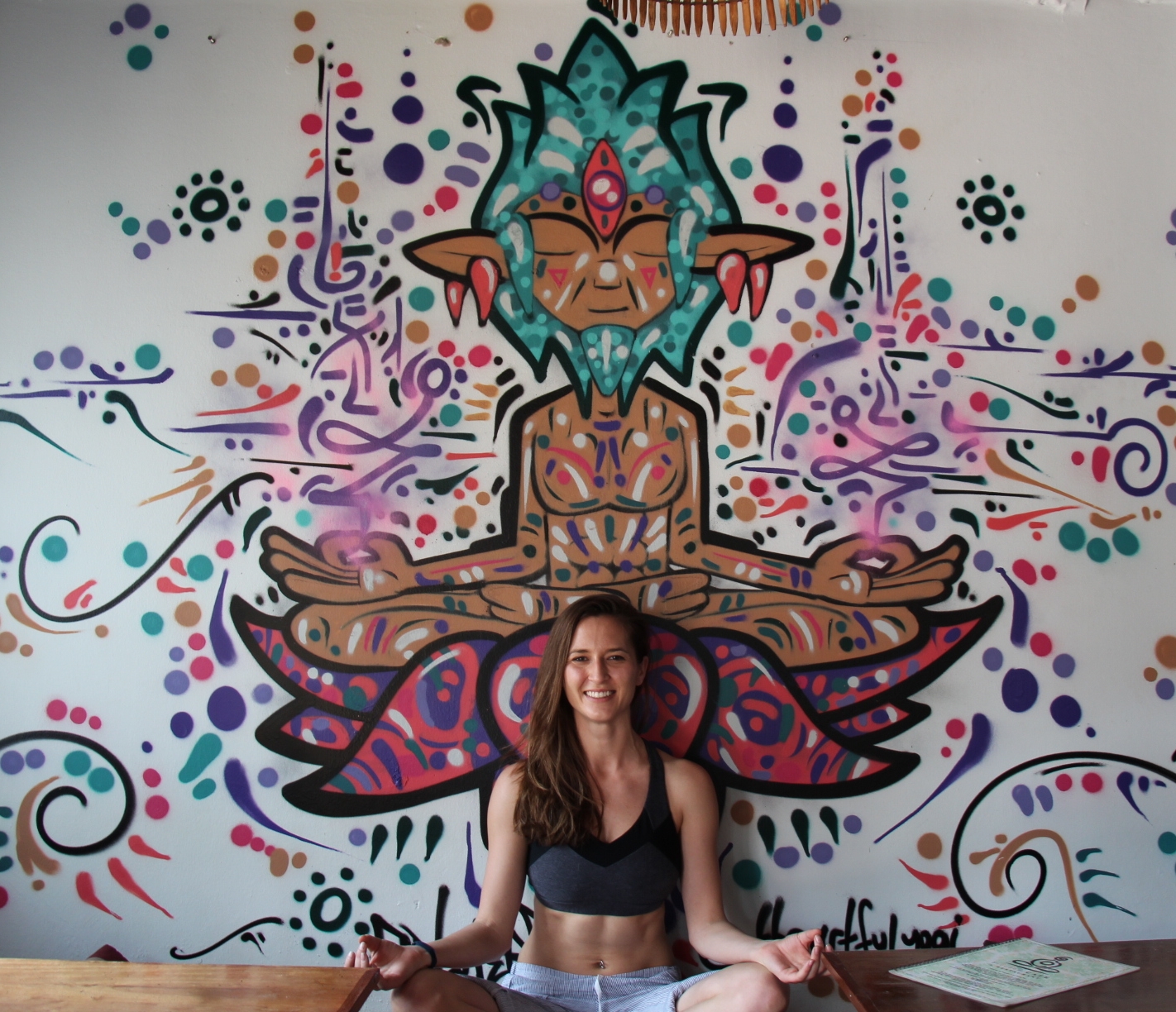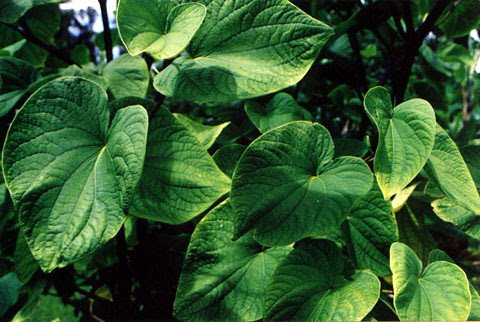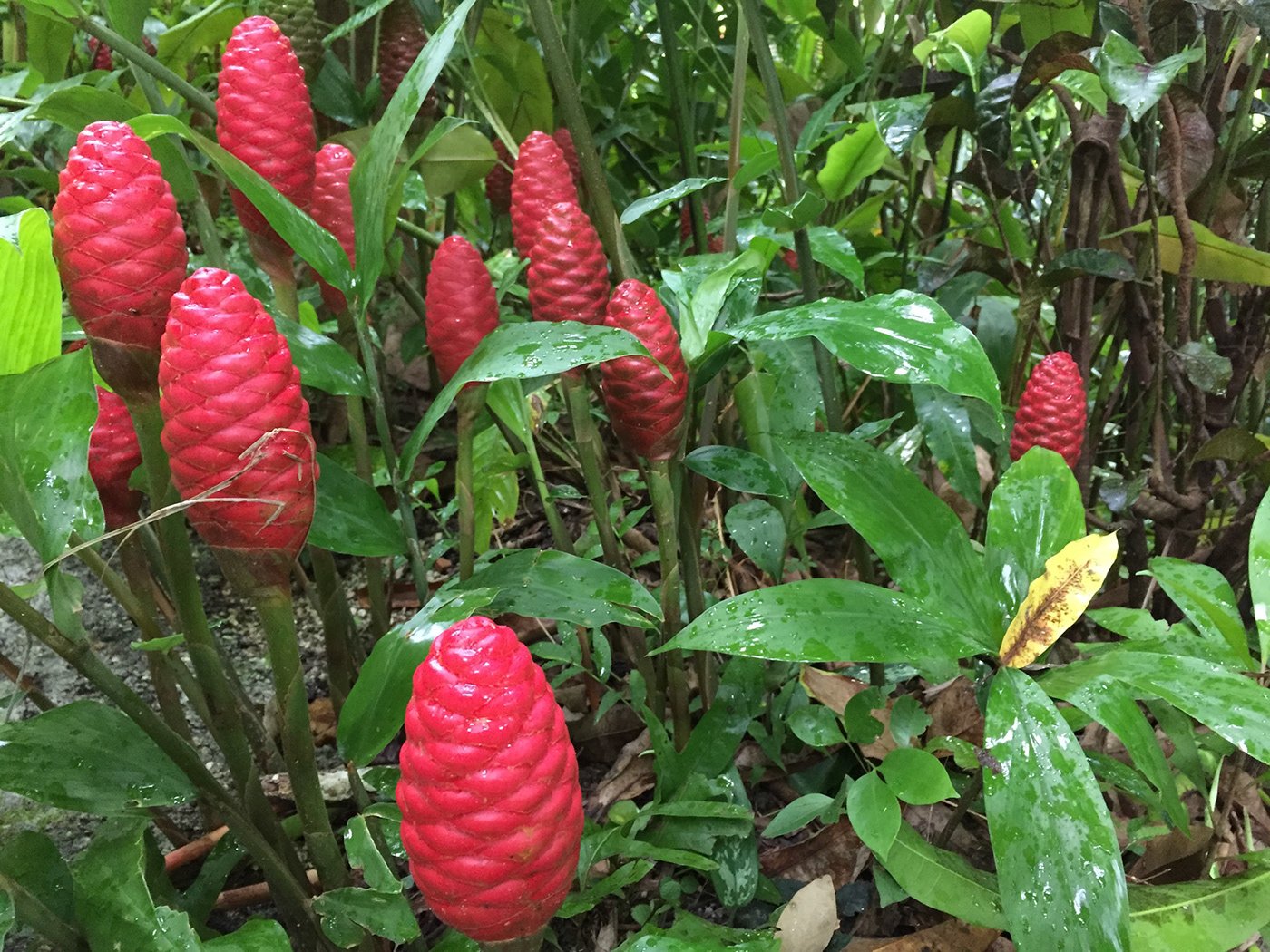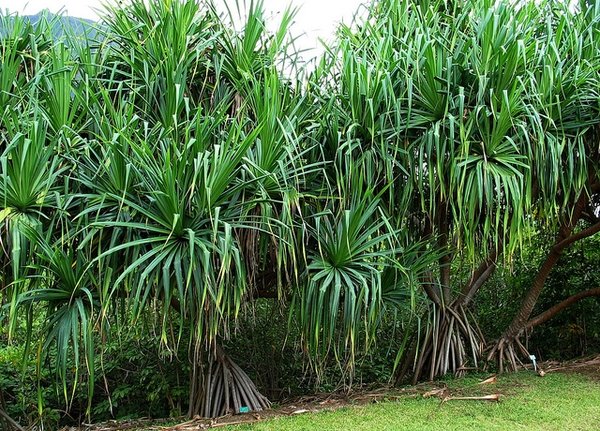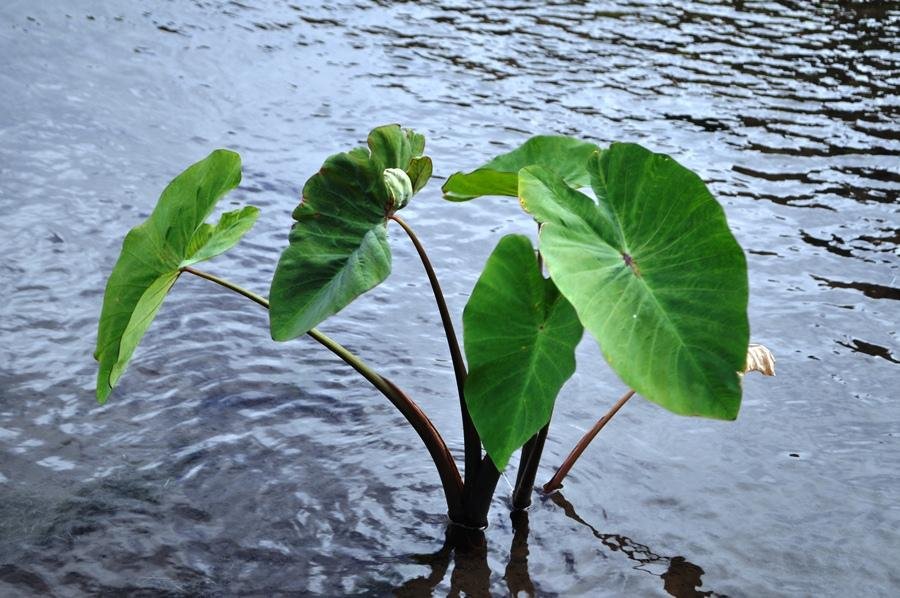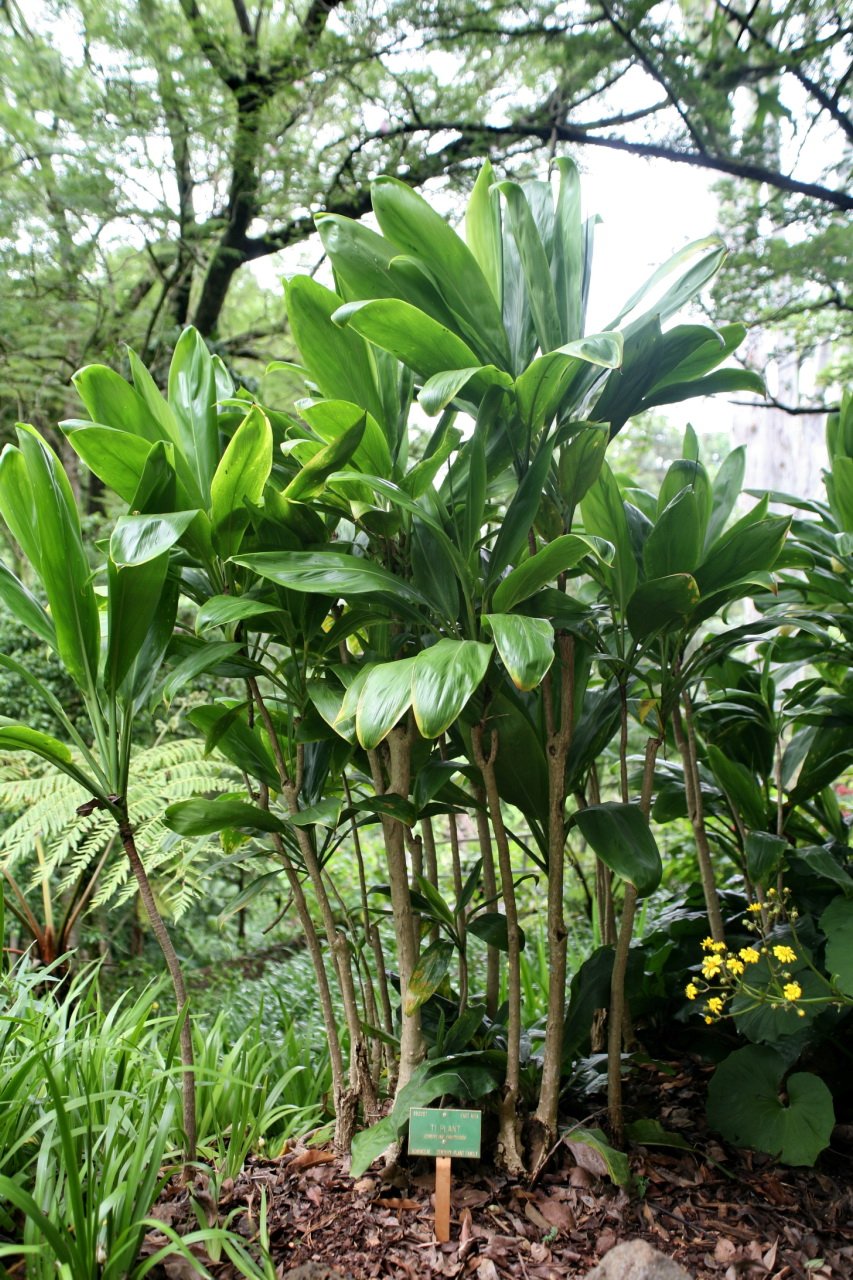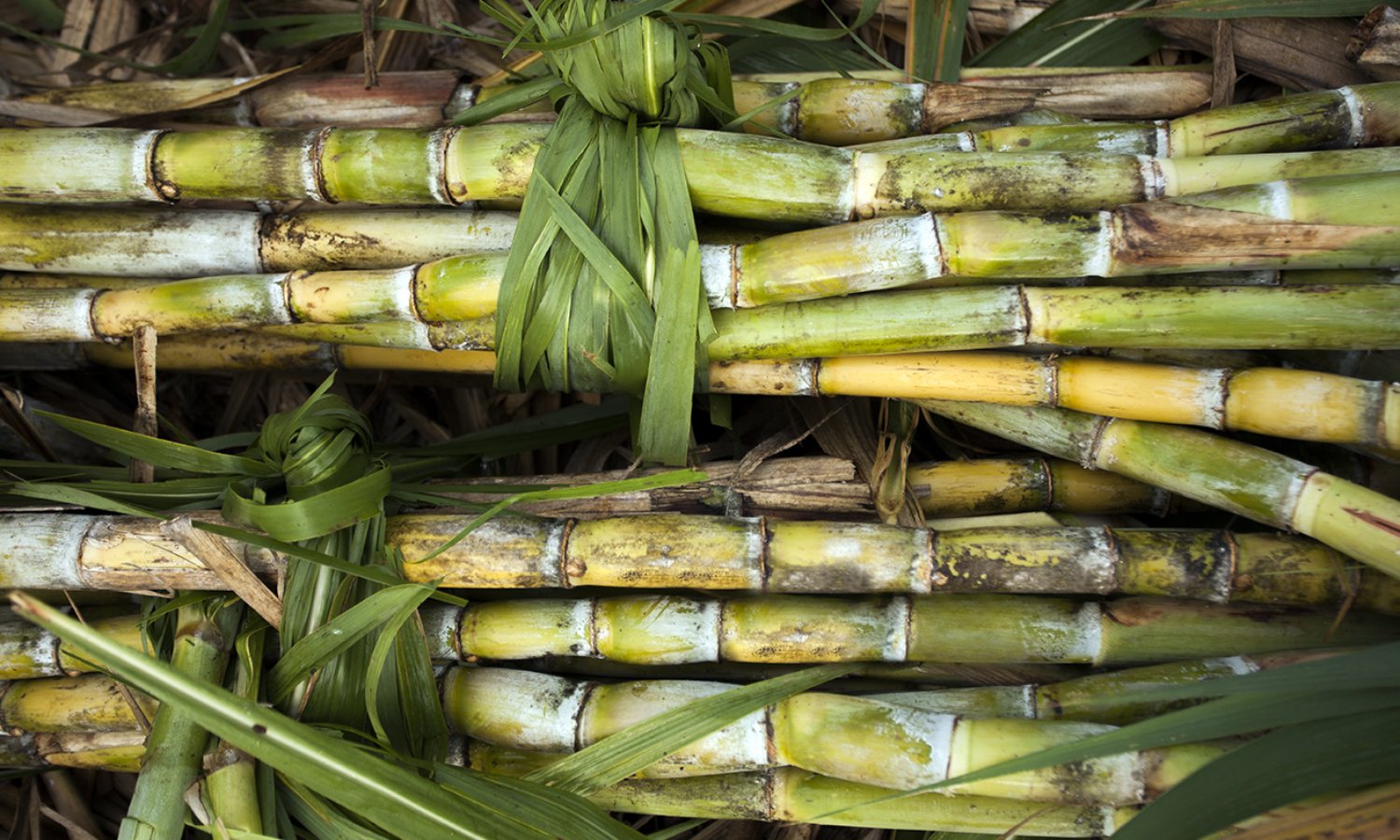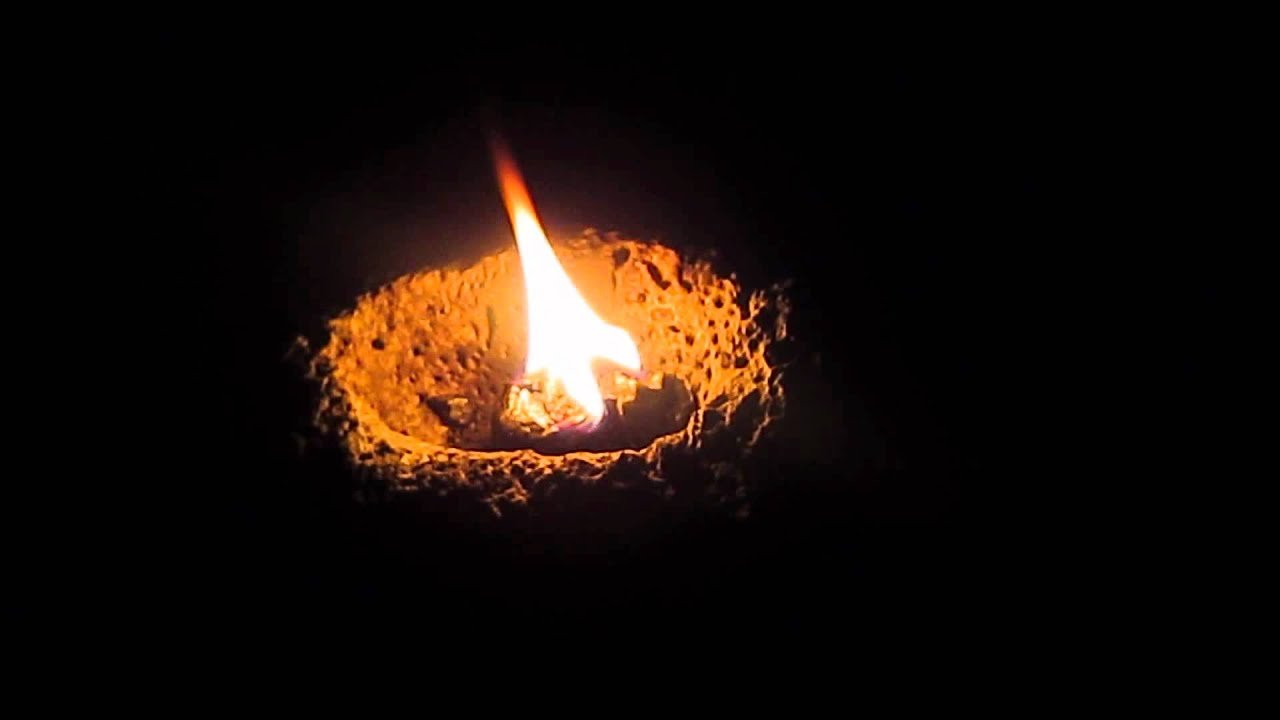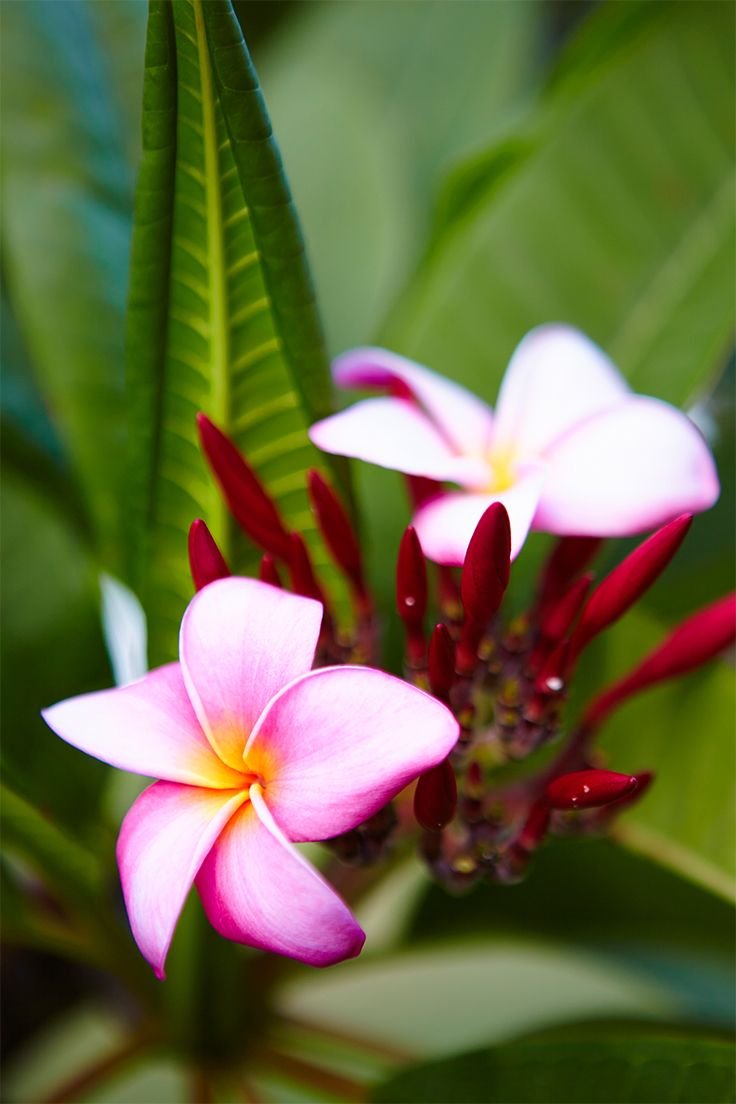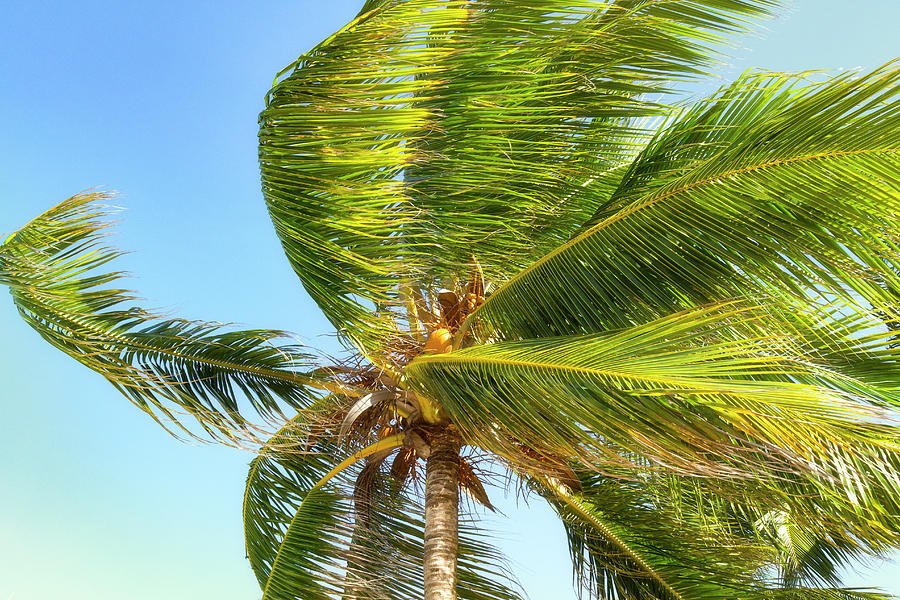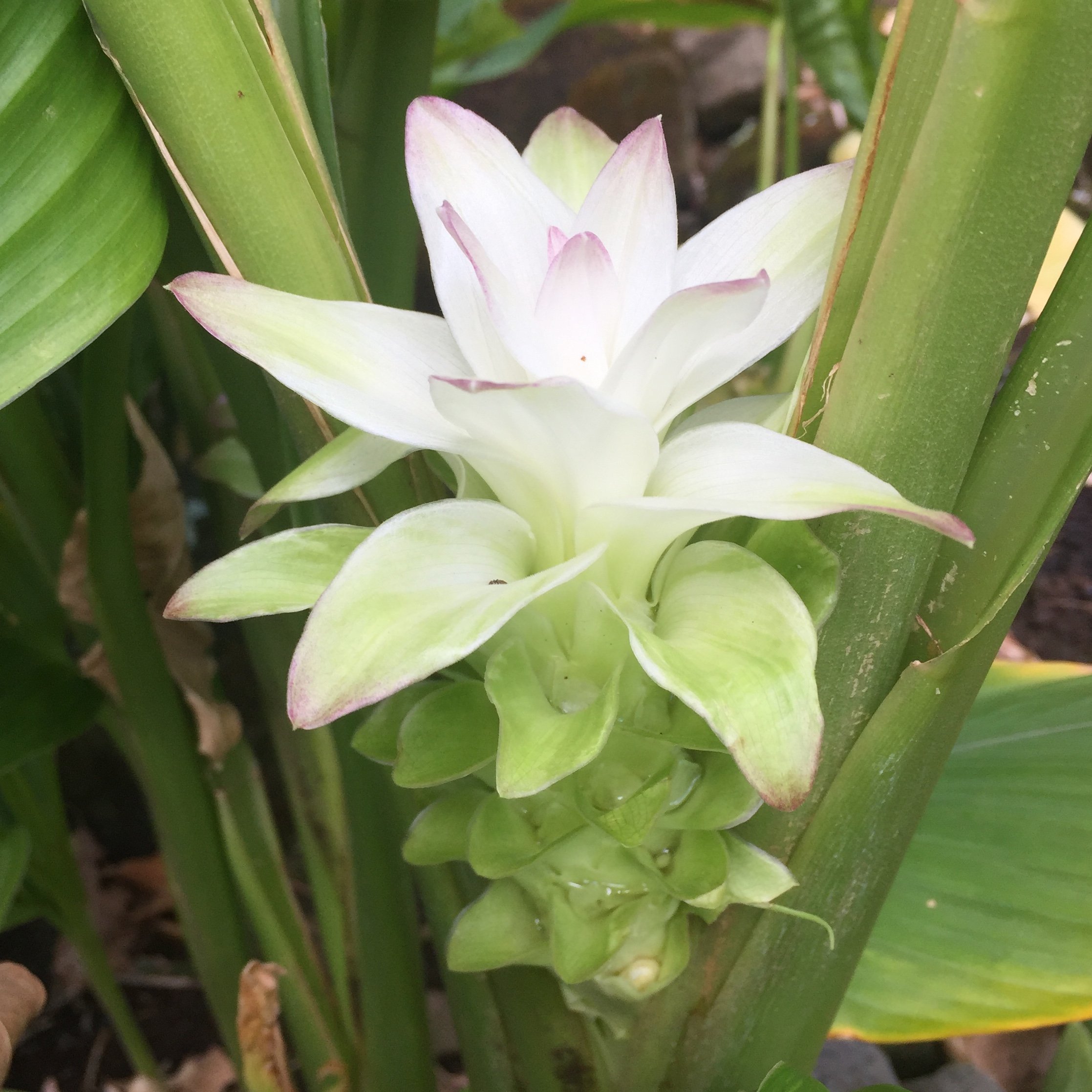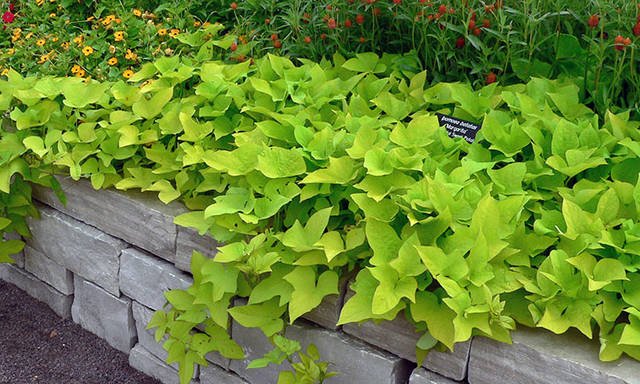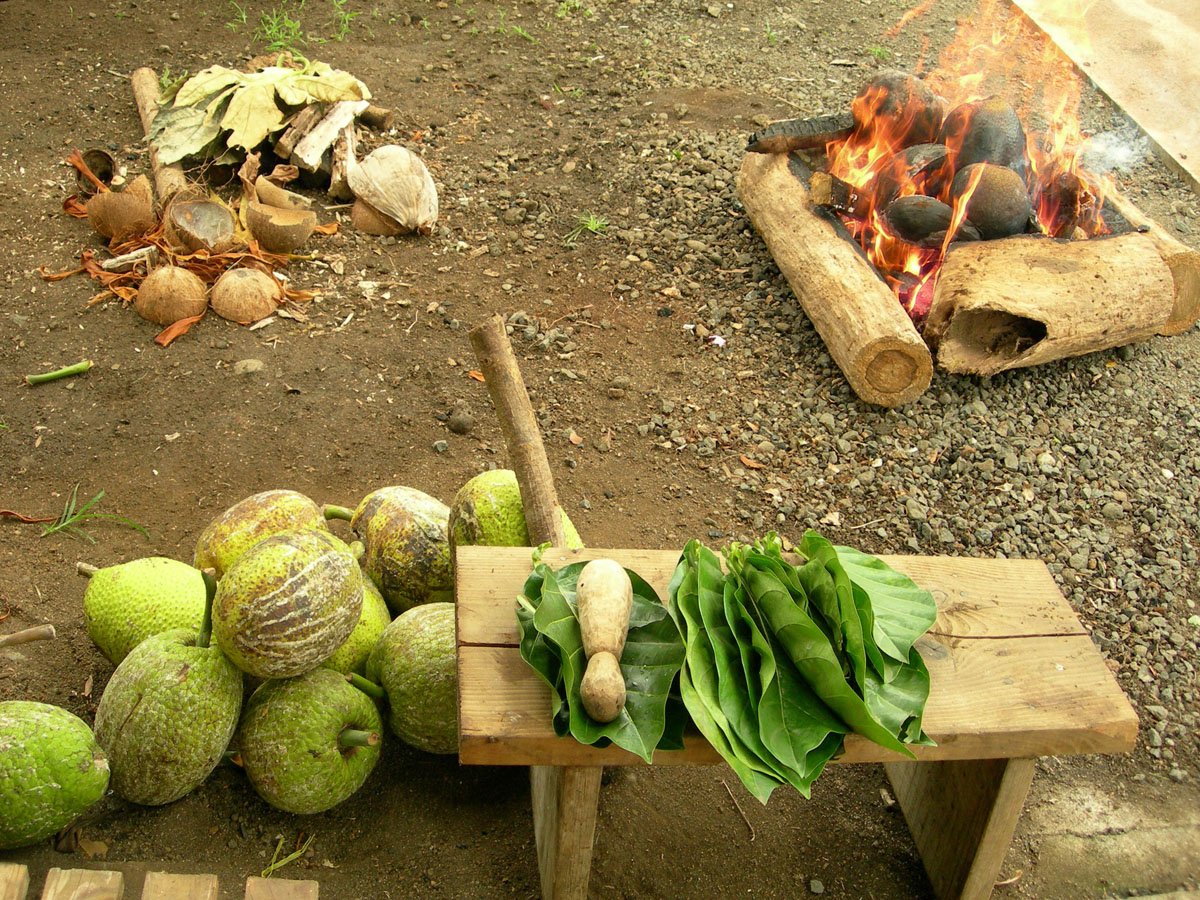Hawaii's Canoe Plants
Kauai is known as the "Garden Island" for good reason. Almost everywhere you look, you see tons and tons of vibrant, fragrant flowers. From orchids to plumeria, hibiscus to tuberose, almost all of which were brought over in canoes over thousands of miles, about 1000 years ago!
Brought over in canoes by the Polynesian adventurers in 1200 AD, many of these ancient Hawaiian plants sailed with their owners as the most prized plants they could think of, carefully packaged for unknown journeys. They managed to cross all over the largest ocean in the world. It makes you wonder how many NEVER made it anywhere…
Canoe Garden Plants
Plant Migrations
The plants in the earliest Hawaiian “botanical toolkits” we find most delicious and helpful today were brought over in canoes over hundreds and thousands of miles of ocean waves.
The ancient Polynesians (set of islands north of Australia) came to Hawaii in at least two major waves. (there is evidence of them setting sail around 2k BC)
200 AD - earliest evidence of inhabitants, most likely from the Marquesas islands
The earliest recorded stories are embedded into lineage songs, with aspects of civilization already existing on the island before 200 AD, in the form of meticulous stone buildings and fish ponds, possibly linked to legends of the Menehune
1000 AD: definite archeology evidence with huge stone structures (miles long, perfectly chiseled square blocks, etc)
1200 AD - arrival of more Polynesians, with their canoe plants
these people were known to be much stronger, healthier, knowing how to travel with their strongest/most nutritious plants. These are the plants we associate with Hawaii today.
1300 AD: New Zealand discovered, as Polynesians start backtracking to the original islands, bringing with them sweet potatoes (and leaving behind traces of their unique chickens in Chile)
A 2007 study of chicken bones near Santiago date their arrival between 1321 and 1407, long before the arrival of Europeans, with a unique genetic mutation common to Polynesian chickens.
Once on the Hawaiian islands, the sailors looked for the areas best suited to be their new home, and chose the north shore of Kauai, specifically the Limahuli Valley, for its protecting ridges (carved out by rain), fertile soil, marine life, and constant stream of fresh water from the highest peaks.
The real plant natives
Kauai is about 6M years old
like all volcanic oceanic islands, was born lifeless
surrounded by thousands of miles of ocean in all directions
most remote group of islands in the world
2k miles from the marrquesas to the south
2.5k miles from North America
Some seeds made their own way as travelers, collected onto ocean debris, or brought by migrating birds
but these still rare, only 300 or so native separte introductions on their own
which then evolved into almsot 1200 native hawaiian species, different than found anywhere else
90% of hawaii’s native plants are found nowhere else in the world
and only a few remote regions contain all native hawaiian species
40-90% of various kinds forests already lost to habitat takeover by humans or other invasive species
diversity is the first indicator of a healthy forest (as opposed to the modern single crop tree farms)
these have a variety of species and plant heights (various levels of sunlight)
variety is nature’s way of assuring that some individuals will survive when there are changes in the environment
Plant Descriptions
Awa, kava
important medicinal plant
roots chewed, to relax, reduce pain, as a celebration tea (inhibits nervous shyness), can help induce sleep (by quieting the mind)
18 different varieties knwon in ancient hawaii, some still seen growing wild in the wet valleys
Awakuhi, shampoo ginger
cominant ground cover in summer
used as shampoo, medicine, and as a perfume to scent kapa plant fabrics
the red/purple flowerheads contain a soapy, aromatic sap
while the same family as ginger, and makes a rizome that looks edible, that kind of ginger is much harder to grow on the islands
Hala, screwpine
Many wondered about its introduction, but a prehistoric rock split open, dated back 1.4M years old, with some of the hala branch preserved nearby, pre-dating humans.
durable leaves also used to weave sails for polynesion canoes
also weaved to make blankets, mats, flooring
Kalo, Taro
rock walls date back 700 years, 1300 AD
the natives’ most imporant crop.
water diverted from streams through carefully engineered canals, but never more than half of the water allowed to be diverted, and then it is carefully returned to teh main stream channel.
Every part of teh kalo is edible when cooked.
The underground stems can be eaten like potatoes, full of carbs
The leaves resemble spinach, full of vitamins
Hawaiians eventually had more than 600+ names for kalo, emphasizing their skill of gardening
300 distinct varieties
The Hawaiian word for family, ohana, also comes from the Kalo plant
As the kalo plant grows older, offshoots known as oha, grow up and circle around the parent plant. THose oha mature to produce another generation, surrounding itself, a perfect model for their extended family, or ohana, “many oha”
Ki, Ti
leaves are waxy, smooth, and repel water. great for wrapping food to store or cook, making rain capes or sandals, or housing.
emblem of high rank, considered sacred by early hawaiians.
you will often see ki planted around homes, a practice passed down from anceint times to protect from harm, or used to bless new buildings in ceremony.
Ko, sugar cane
long before it was coveted in the 1800s, it was important enough to be carried in the canoes of the early polynesians a thousand years earlier
these were planted in colorful clumps near their homes, for food, flavoring and medicine, and stems chewed for a snack
in the winter, the matured leaves become large silvery flower tassels, added as decoration to darts, or scattered on hillsides for sledding
2016, the last major sugar operation closed on Maui
Kukui, candlenut tree - official state tree of hawaii
produces light, inner kernals roasted and skewered onto coconout fronds, set on fire to make a “candle” that burns for 45 min
made of 50% oil, which helps it burn for so long
the oil was also used to shine and waterproof wooden bowls, to mix with charcoal to make black canoe paint
or added to stone lamps to provide light
as a medicine for skin issues: eczema, arthritis, blemishes, stretch marks, sunburn
hard shells sewn into leys
they naturally spreade in forests today from water flow
Manako, mango
native to india, brought in the 1800s for its delicious summer fruit
huge trees form a dense canopy, which can overshadow smaller plants trying to grow in native forests
same family as poison oak and ivy, and it leaves and skin of fruit contain a resin that can cause a rash
Melia, Plumeria
sweet, fragrant, a favorite to string onto lei, first introduced from tropical america in 1860
hundreds of varieties of color, shape, scent, and fill the air with perfume
Niu, coconut
brought by polynesions, though once thought to be native
a perfectly adapted tree for tropical islands: its long, thin stem bends in the wind (rather than cracking), surviving major wind and hurricanes
known to be a lifesafer in heavy storms, stories of those clinging to the sturdy trunk to just barely avoid being swept out to sea.
can live 100+ years
can reach 100 feet tall (length of a Boeing 737 plane)
said to have more uses than any tree in the world
provides food, drink, shade, wood for furniture, cordage, mesh like farming used for deep sea fishing, and coconut shells for bowls and rain catchers
oil extracted used for hair conditioner and skin lotion
drums were made by hollowing out a section of the niu trunk, covering the top with tightly stretched shark’s skin
Olena, Tumeric
underground stems used as medicine, and beautiful yellow color for dye
dates back to 700s BC in the hanging gardens of babylon, cultivated for thousands of years in India
member of the ginger family
Uala, Sweet potato
ancestral home is in south america, bleived to be brought BACK from traveling polynesians
most other plants come from south asia
1 of 2 plants in anient poynesia with south american origins.
by 1000 AD, the sweet potato seems to have been well established through polyenisa, well before spanish introduction of it in the 1500s.
the timing of the movbement of sweet potato points to a very active period of long distance voyaging within Polyunesia.
in 2016, ancient chicken bones from the 1300s were discovered in Chile that match DNA from Polynesian chickens. If Polynesians introduced their chickens to Chile, it seems very probable they could have brought the sweet potato back with them on they “return” voyages.
(my biggest question is how long apart these return journeys would have been… same people? kids, grandchildren? would they have used their parents way of mapping the stars but backwards?)
Ulu, breadfruit
staple food in polynesia, brought by the first explorers
ripens into a sweet gooey fruit
when europeans saw th enatives picking fruit and cooking it, they compared it to their staple food, bread, and named it breadfruit.
1788, Captain Bligh was hired to sail to tahiti and bring breadfruit to the caribbean
Currently being cultivated around the world with research to end world hunger
Wauke, Paper Mulberry
cloth made from bark! used for clothing and bedding
early hawaiians defveloped a new step to making kapa cloth, making the finest in all of Polynesia.
how to turn tree bark into fabric
from stems that grow 10 feet long
had their outer bark removed with a sharp shell
the inner layer of fiber was carefully peeled off in one piece
repeated soaking and pounding to soften the fibers
aged the fibers until fermentation would begin (making it especially soft)
then the layers were beaten together to form thin sheets of cloth
often dyed , decorated, and scented from fragrant plants
More recent plantation garden
introduced in the last 200 years, many now associate with hawaii
pineapple, mango, papaya
fragrant plumeria flowers, gardenia, orchids
birds of paradise
ginger
native plants you see are virtually gone, 90% of the plants seen are recent introductions
Captain cook anchoring in 1778 marks the beginnings of enormous change for the islands
where sugar plantations drew in immigrant work, mainly from China, Japan, Portugal and Phillipines
many of whom brought their favorite plants from home to be planted in their new gardens
Many foods from china/Asia
bok choy, okra, daikon, eggplant, green onion, chili pepper, chinese brocolli, mango, tangerine
rice: the first planter becoming on eof the islands first millionaires
